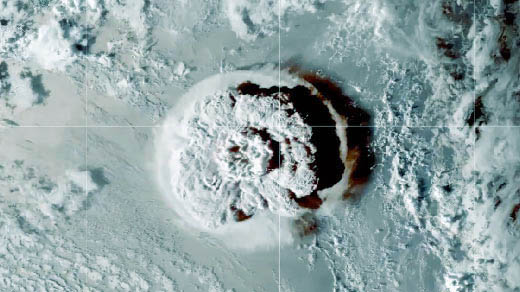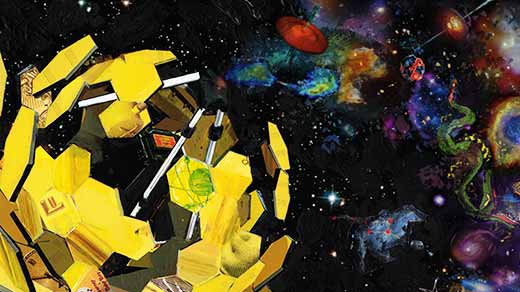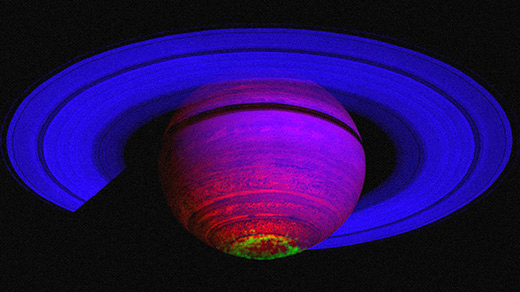What's up in
Planetary science
Latest Articles
A Dream of Discovering Alien Life Finds New Hope
For Lisa Kaltenegger and her generation of exoplanet astronomers, decades of planning have set the stage for an epochal detection.
Webb Space Telescope Snaps Its First Photo of an Exoplanet
The grainy image of a “super-Jupiter” is a sign of what’s to come as the telescope’s exoplanet observations ramp up.
Astronomers Reimagine the Making of the Planets
Observations of faraway planets have forced a near-total rewrite of the story of how our solar system came to be.
Secrets of the Moon’s Permanent Shadows Are Coming to Light
Robots are about to venture into the sunless depths of lunar craters to investigate ancient water ice trapped there, while remote studies find hints about how water arrives on rocky worlds.
Scientists Unravel How the Tonga Volcano Caused Worldwide Tsunamis
The Tonga eruption in January was “basically like Krakatoa 2.” This time, geophysicists could explain the tiny tsunamis that cropped up all over the planet, solving a 139-year-old mystery about Tonga’s predecessor.
A Solution to the Faint-Sun Paradox Reveals a Narrow Window for Life
We might have a past faint sun to owe for life’s existence. This has consequences for the possibility of life outside Earth.
The Webb Space Telescope Will Rewrite Cosmic History. If It Works.
The James Webb Space Telescope has the potential to rewrite the history of the cosmos and reshape humanity’s position within it. But first, a lot of things have to work just right.
Researchers Revise Recipe for Building a Rocky Planet Like Earth
Over the past decade, researchers have completely rewritten the story of how gas giants such as Jupiter and Saturn form. They’re now debating whether the same process might hold for Earth.
Gas Giants’ Energy Crisis Solved After 50 Years
Jupiter and Saturn should be freezing cold. Instead, they’re hot. Researchers now know why.
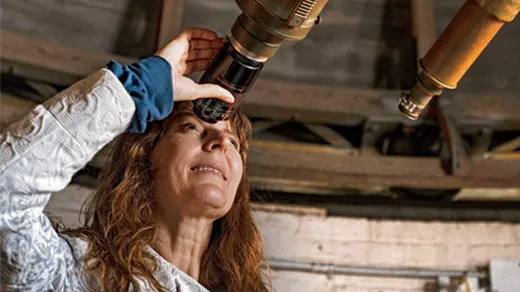
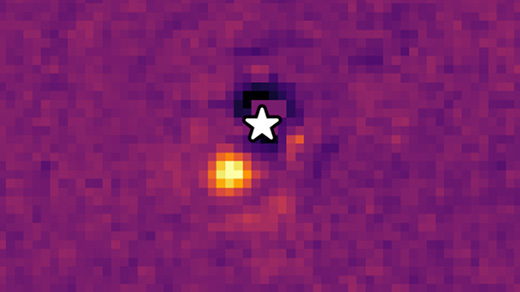
![An array of images of protoplanetary disks with bright suns at the centers surrounded by rings, arcs, filaments and spirals.]](https://www.quantamagazine.org/wp-content/uploads/2022/06/Planet-Formation_520x292.jpg)

